3D Printing in Cinema – A New Reality
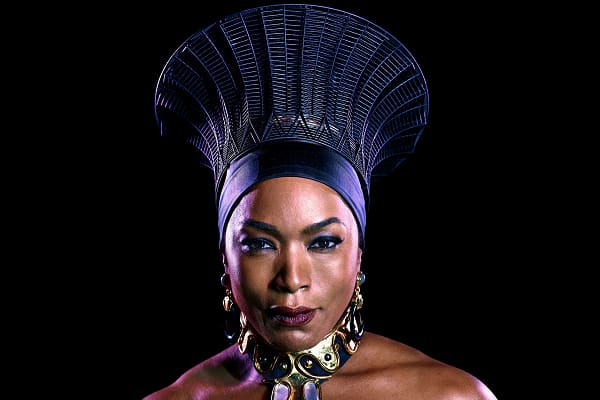
The first time you watch a movie, you likely just want to be swept away and get caught up in the adventure. It’s only later, when you let the pictures tumble around in your mind, that you begin to ponder about it on other levels.
Perhaps you think about the weapons, the various objects integral to the story, the animated figures, cool vehicles, or outrageous costumes. Perhaps you wonder how they made them or how they came to look so real.
3D printing (or additive manufacturing) has been used by movie industry craftspeople for more than a decade. In the last few years, however, the industry has quickly expanded and become more mainstream. 3D printing has continued to offer better resolution, faster production times and a variety of available materials — all important for movie making.
Movie production teams sometimes look to specialists outside the studio to get the correct skillsets to produce something they need. Other times, they will acquire 3D printing technology and put it to use themselves to further streamline the process and gain control of every aspect and detail.
The following list shows the depth of what is possible through what has actually been utilized in movies that you have likely already seen!
Black Panther: Oscar-Winning Costume Design
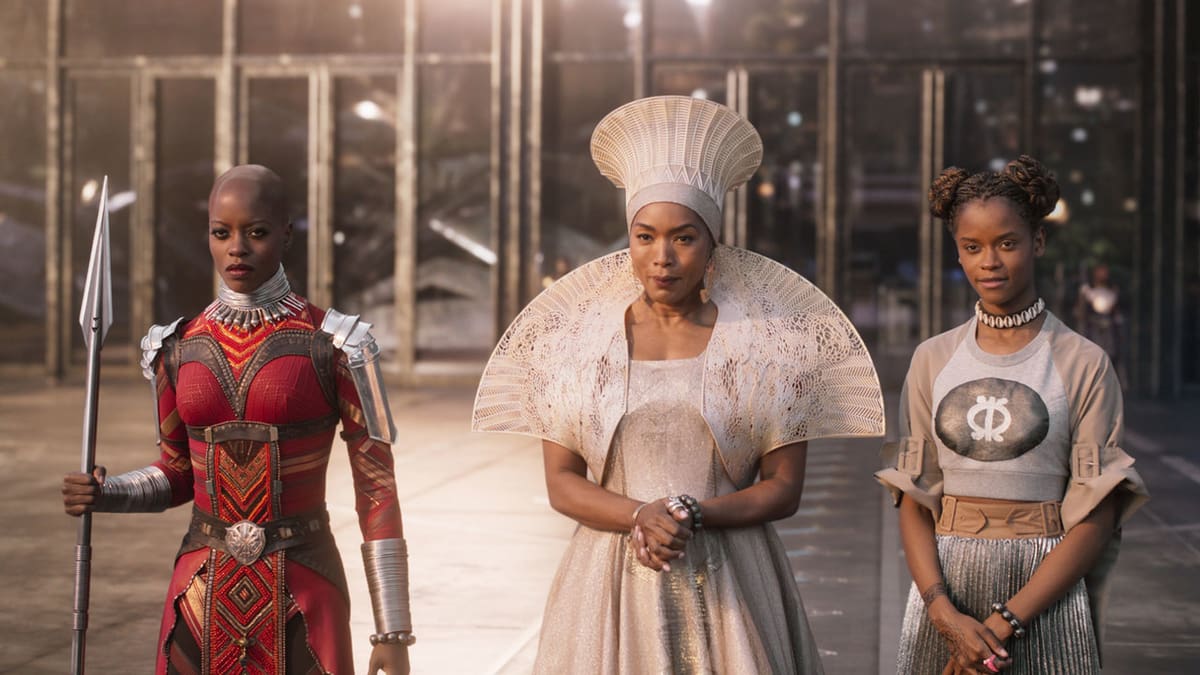
On February 24th, 2019, the incredible movie Black Panther (2018) won 3 Oscars for Best Original Music Score, Best Production Design, and Best Costume Design.
The Best Costume design award win is history making for two reasons: First, the three-time Oscar nominated designer Ruth E. Carter is the first black woman to win an Academy award in this category. And second, 3D printing played a part in the design of the award winning costumes.
According to the 3D printing website Dezeen, Ruth E. Carter provided direction and specifications for the costumes while working alongside Julia Körner, an award winning architect and 3D printed clothing designer. Körner spent 4 months designing the intricate 3D patterns based off of historical 2D designs of African culture.
The idea was to merge traditional aesthetics with futuristic designs to match the feel of the advanced Wakanda civilization in the movie. The result was the traditional Zulu married woman’s headpiece and mantel/collar piece featured in the image above.
The designs were 3D printed by Belgian company Materialise using an SLS (selective laser sintering) process with a material called PA 12, a polyamide material. The final pieces were printed in beige to blend with the real lace used in the costume.
(Bonus) Get Your Hands on an Award Winning Design
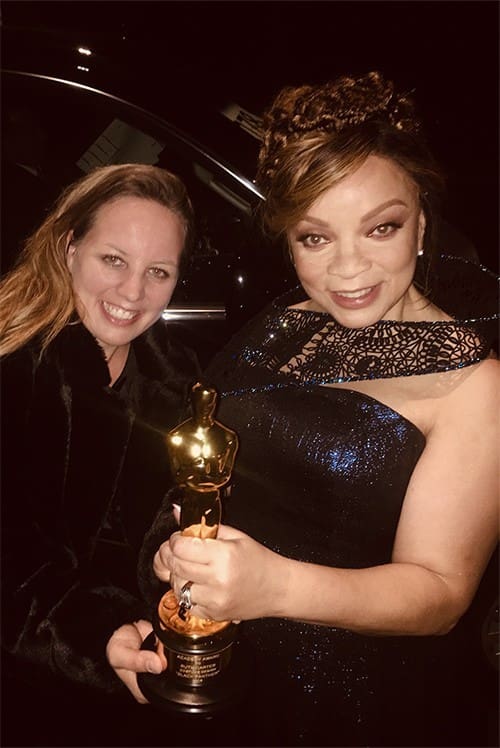
Beginning late 2019 you may be able to check out some of the Black Panther designs created by Ruth E. Carter (among costumes from 13 other movies) in her travelling exhibit “Dress Code: 35 Years of Ruth E. Carter’s Afrocentric Movie Costumes.”
A representative from Curatorial Assistance, Inc. has mentioned there likely will be 3D printers as part of the exhibit’s fabrication, as well as in educational elements within the presenting museums. There may even be the possibility to try on wearable replicas of the pieces used in the movie!
The tour route is still being determined – stay tuned to hear if it’s coming near you!
RoboCop: The Suit
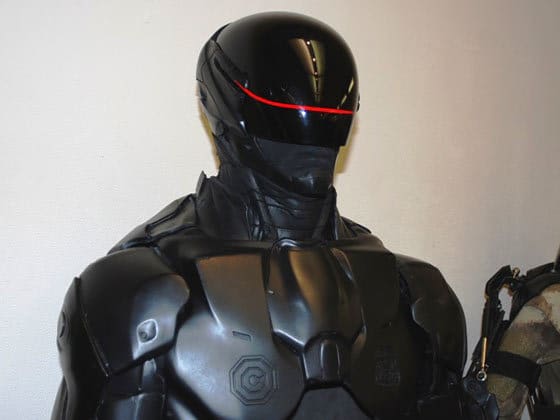
Jason Lopes and his team from Legacy Effects use 3D printing to prototype and develop full body suits such as those used in RoboCop (2014).
3D printing was ‘the master tool’ according to Lopes in one interview regarding the RoboCop body armor. It took over 3 weeks of continuous printing to generate all the parts. On the Stratasys printers the front chest plate took up the entire print bed and varied from large smooth curved areas to small areas of incredible detail such as the badge in 3D relief.
Legacy Effects’ workflow typically involves 3D printing the various parts, then using those parts as molds for casting in a variety of materials depending on the requirements of each different shot of the film. The advantages include consistency of the parts across shots regardless of material, as well as the ability to easily print more parts as required. This saves significant time allowing production to happen in days or weeks rather than several months with more traditional methods.
Even though most actual 3D printed parts they produced are not on film, they are the key component to making the custom pieces required. Interestingly, the red strip on the visor is one actual 3D printed part used in the movie. It was 3D printed using red veroclear (translucent) photopolymer material.
Iron Man: An Assortment of Suits
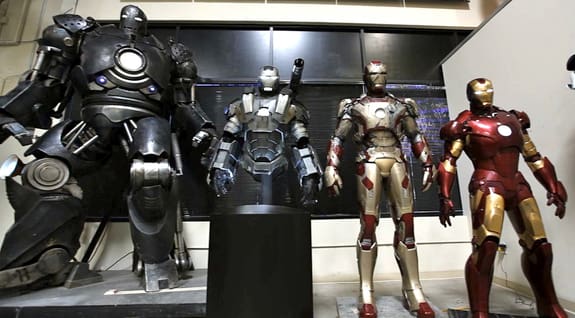
For the Iron Man (2008) and Iron Man 2 (2010) movies, there are multiple versions of the suit – the main hero suit, plus various stunt suits. 3D printing greatly accelerates the process by allowing for rapid prototyping and fit before the final versions are cast in various materials such as rubber for battle scenes and easier movement, or metal for the closeups and highly visual shots.
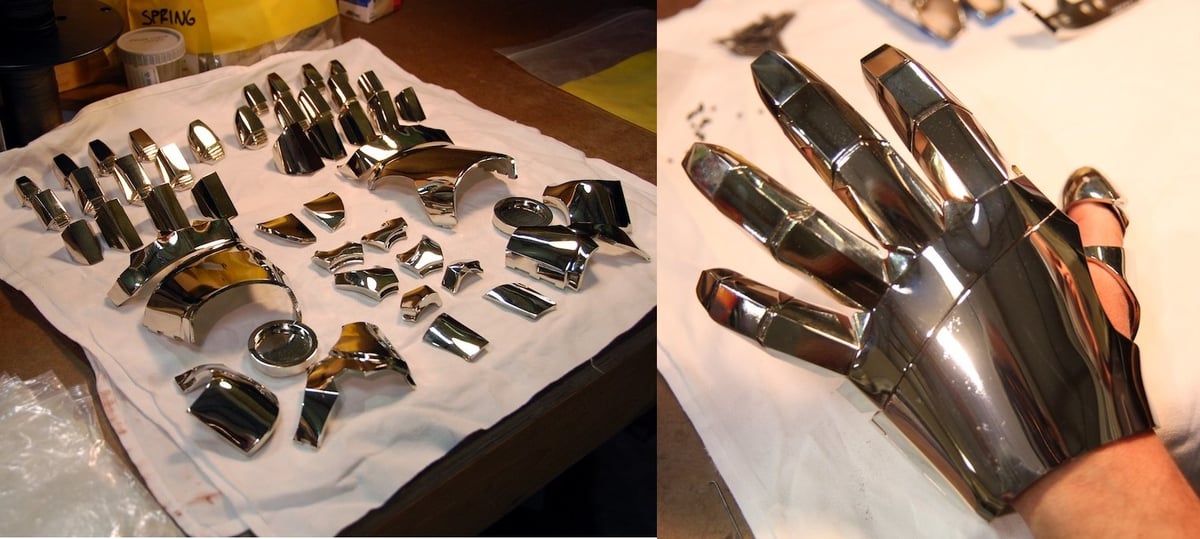
In Iron Man 2, scans were taken of Robert Downey Jr’s hands so that the gauntlets could be shaped to more comfortably fit his hands and reduce production issues of them falling apart.
Each piece was carefully designed to be articulated around the 3D scanned hand, then printed with an Objet Geometries printer to create a mold. Later the final parts were cast into an appropriate material (fiberglass, rubber, etc.) and painted with a special paint to look like real metal. The effect is stunning, yet much more practical for the actor and movie production team.
Muppets Most Wanted: A Little Car Goes a Long Way
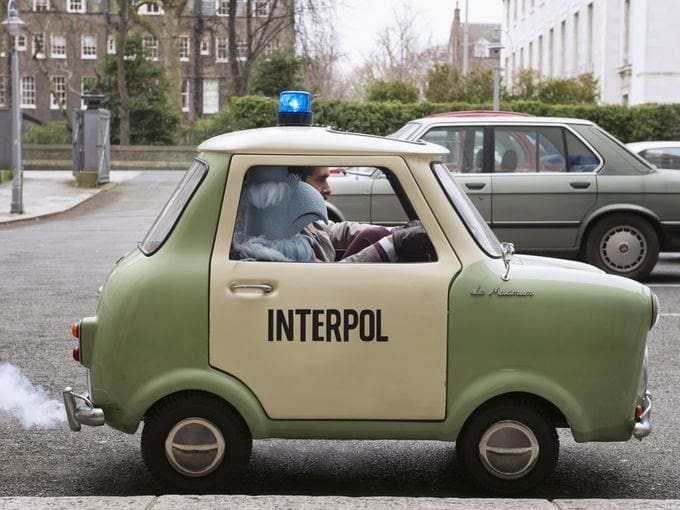
In the 2014 movie Muppets Most Wanted (2014), the character Jean Pierre Napoleon drives a tiny Interpol car called Le Maximum. This car was developed and 3D printed by the UK company Propshop for the movie.
Initially, LightWave modeling software was used to do the rough model for the vehicle using scanned-in parameters for the golf cart base, a human passenger and a puppeteer, plus the muppet Sam the Eagle for volumetric requirements.
Once the overall design was defined, it was further refined and sculpted in Zbrush. Six different versions were produced until the desired vehicle was signed off by the production company.
Then it was exported to a mesh and sliced up into 7 smaller pieces that could be printed on a large scale voxelJet 3D printer (max volume of 1060 mm x 500 mm x 600 mm at 600 dpi) which used a fine plastic powder and binding agent for the printing process. The parts were then painted and assembled to create the final product seen in the movie.
This process was significantly faster and less wasteful of materials than if Propshop had used more traditional methods such as sculpting in clay and making the final product out of fiberglass.
Zero Dark Thirty: Journey into the Dark
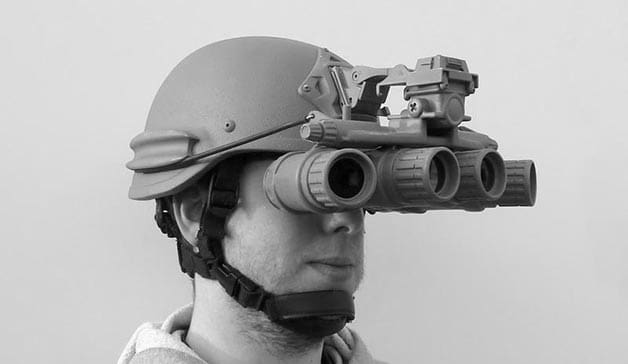
The movie Zero Dark Thirty (2013) about the hunt for Osama bin Laden depicted a team of Navy SEALs executing a night raid on a compound in Pakistan where it was believed he as hiding. The SEALS use special $60,000 night vision goggles to help them see in the dark. However, obtaining these goggles for a movie would’ve been near impossible due to cost and restricted availability.
Alternatively, to portray this in the movie, they enlisted Propshop to create a 3D printed version based on information leaked to the internet. The prop versions were much lighter, much easier to work with in filming, and of course, significantly less expensive.
In 2012 Propshop bought their first large scale voxelJet printer. By 2014, voxelJet AG was so impressed with what their team was doing with the printer, they bought all outstanding shares of the company and made it a subsidiary as voxelJet UK.
Coraline: Laika’s Animation
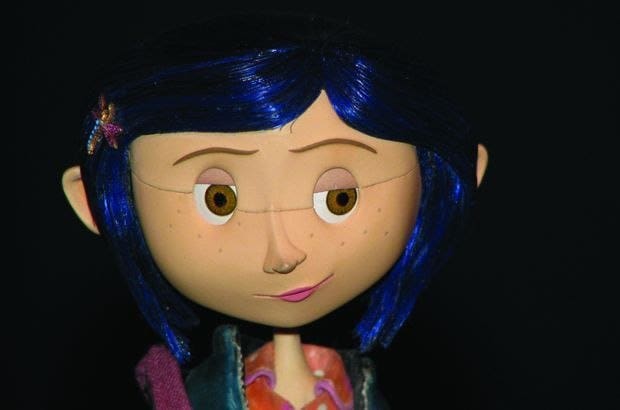
Coraline (2009) is an award winning animated feature created by the Oregon based production studio Laika which utilizes traditional stop-motion animation. However, they used a non-traditional method of generating the facial expressions of the characters by 3D printing thousands of parts to produce them. In Coraline, 6,333 separate face pieces (upper and lower) were printed to give over 200,000 possible facial expressions.
In production, there are visible lines showing where the upper and lower face pieces come together but those lines are removed during post production. The amount of work represented by the 3D printed components across all characters is estimated to be over 30 years if sculpted by more traditional methods, clearly something that would not really have been possible to provide the level of expression desired in this feature.
Kubo and the Two Strings: A Lot of Character
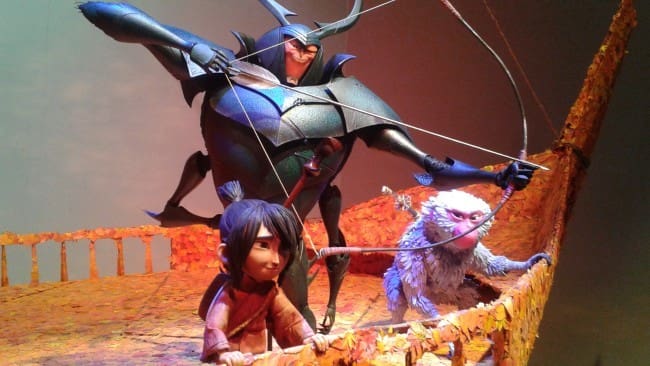
Kubo and the Two Strings (2016) was also produced by Laika Studios. For the movie, the scale of 3D printing was expanded further where they printed an even larger number of facial parts. In addition to the upper and lower facial sections like in Coraline, they also started printing the eyeballs, eyelids and ears, thus giving an order of 48 million possible facial expressions for the main character alone.
They also enlisted Stratasys to develop software to manage all the parts in the printing process. Unlike in Coraline which required hand-painting each piece after printing, in Kubo and the Two Strings, they used polyjet-based technology of the Stratasys J750 and Connex3 printers to print many parts in multiple colors simultaneously. This helped streamline the workflow while ensuring consistency.
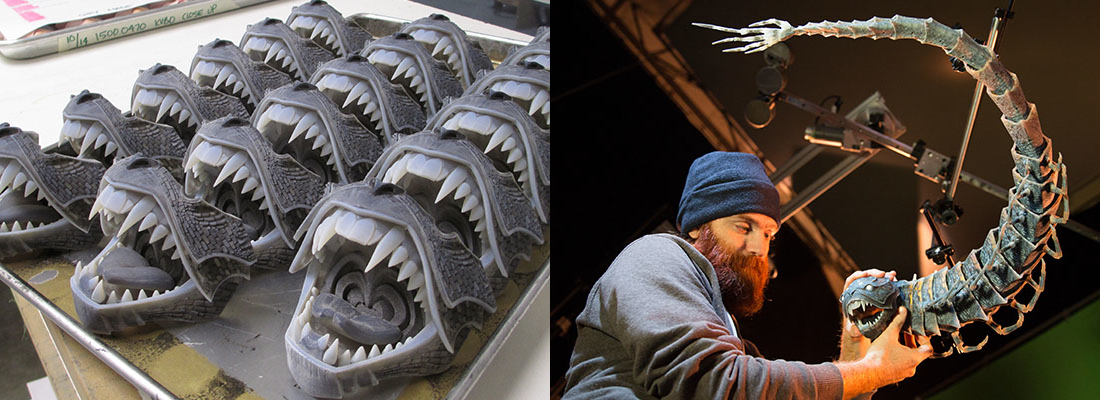
Moon Beast is a special character in Kubo and the Two Strings which required a bit more design work. While the other characters could be combined with a typical claymation body, Moon Beast needed to 3D print the entire body to maintain consistency within the entire character.
This required printing the entire body, which consists of nearly 900 parts attached to a gooseneck armature. It took 80 designers 6 months to develop, print and assemble. In addition, over 1,400 mouth pieces for different facial expressions were printed. This represented the first time Laika had utilized a 100% 3D printed character in its films.
The idea was to have it be both translucent and glowing. Unfortunately, they could not achieve both by 3D printing. Instead they applied ultraviolet inks to the creature and took an additional shot for each frame with black lights on, then overlaid the effect with VFX (visual effects) in post-production.
The Future is Now
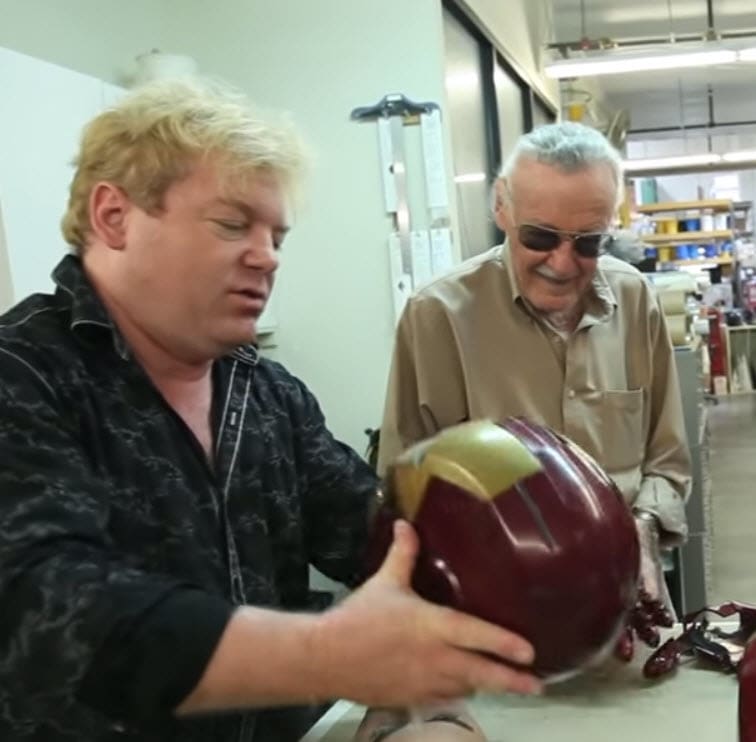
3D printing in movies has come a long way in the past decade. There was a time when CGI was the de-facto standard for a variety of special effects in movies. The problem with CGI is that it doesn’t always seem ‘real’ enough – and for good reason, it literally is not real, at least in a physical sense.
3D printing brings weight and a sense of reality to film. Even though it is still a special effect, it can give an object or a scene a better sense of the real world – even if it really is just shell of the object it represents. And, the consistency and relative speed compared to hand crafting of objects will ensure it continues as a necessary tool in the workshop of prop masters and production directors for many years to come.
Further Cinematic-Related Content

Still want to know more about how 3D printing is used in movies? Check out these related articles:
- “Black Panther” Costume Designer Explains Use of 3D Printing in New Superhero Movie
- 10 Epic 3D Printed Swords from Video Games and Movies
- 5 Incredible 3D Printed Stop-Motion Animated Movies
- Kubo: 3D Printing Continues to Revolutionize Animated Movies
Feature image source: Legacyeffectsblog